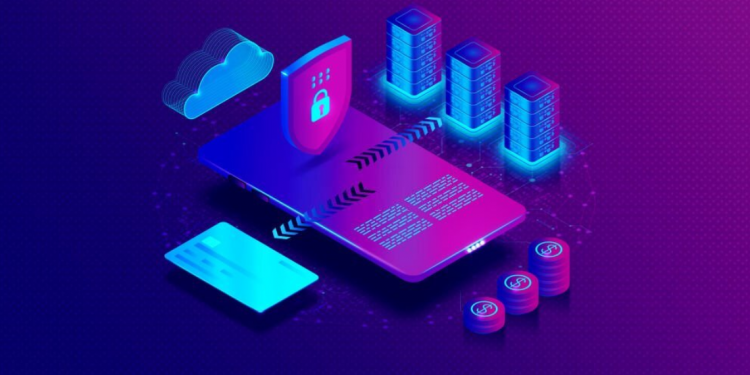There is no question that data tokenization is one of the most promising and disruptive technology trends in the world today. https://www.verygoodsecurity.com/use-cases/tokenization-api Data tokenization solution offers a number of benefits that are worth taking note of. They can help lower costs, speed up processes, improve security, and create a more efficient overall system. By breaking down data into manageable tokens, businesses can eliminate the need for long-term storage, making it easier to access and use information. Additionally, by creating unique identifiers for each piece of data, companies can reduce the risk of data breaches and cyberattacks.
What is data tokenization?
Data tokenization is a process of transforming data into a format that can be more easily processed and used. This can be done by breaking down the data into smaller, more manageable pieces. This makes it easier to store and retrieve the data, as well as makes it easier to analyze.
Benefits of data tokenization:
Data tokenization is a process of transforming data into tokens that are easier to manage and use. By breaking down data into these small pieces, it becomes more manageable and easier to track. This helps to increase security, compliance, and GDPR compliance. Additionally, data tokenization can help reduce the amount of information that needs to be stored. This can lead to reduced costs and increased efficiency.
How to create a data tokenization solution:
Today’s data-driven world relies on technologies to help manage and process large volumes of data. One such technology is tokenization, which helps organize and simplify data by turning it into a series of unique tokens. By understanding the different types of tokenization technology, you can create the right solution for your business.
There are three main types of tokenization: simple, compound, and nested. Simple tokenization simply breaks down a data set into individual tokens, while compound tokenization combines multiple simple tokenizations together to form more complex structures. Nested tokenization goes one step further by breaking down the structure even further, into micro-tokens that represent specific pieces of information.
Each type of tokenization has its own advantages and disadvantages. Simple tokenization is easy to implement and can be performed quickly, but it doesn’t produce very complex structures.
How to implement a data tokenization solution: Tips for success
Tokenization is a data pre-processing step that can be used to reduce the risk of data breaches. There are a number of different tokenization techniques, and it’s important to choose the right one for the data you’re working with. Here are some tips for success:
1. Pick a tokenization technique that works well with the data you have.
2. Choose a tokenization technique that is flexible enough to handle different types of data.
3. Make sure your tokenization technique is easy to implement and maintain.
4. Make sure your tokenization technique is secure and privacy-friendly.
5. Test your tokenization technique before you deploy it in production.
Summary:
Data tokenization solutions offer a number of benefits that can make data management more efficient and secure. By breaking down large data sets into manageable chunks, these solutions can help to reduce the risk of data theft, fraud, and other forms of cybercrime. Additionally, data tokenization can help to create a more transparent and accountable data ecosystem. Finally, by making data accessible through unique identifiers, data tokenization solutions can help to improve the efficiency and accuracy of information sharing.



